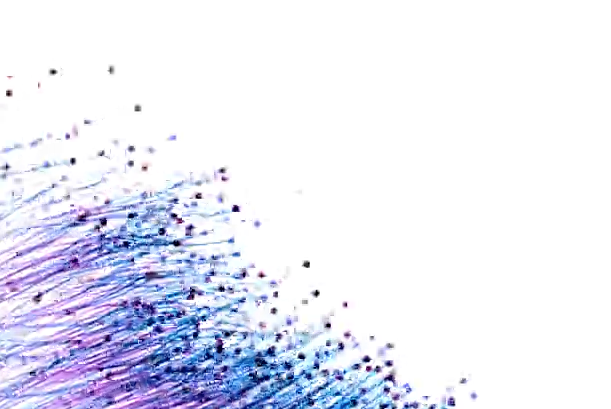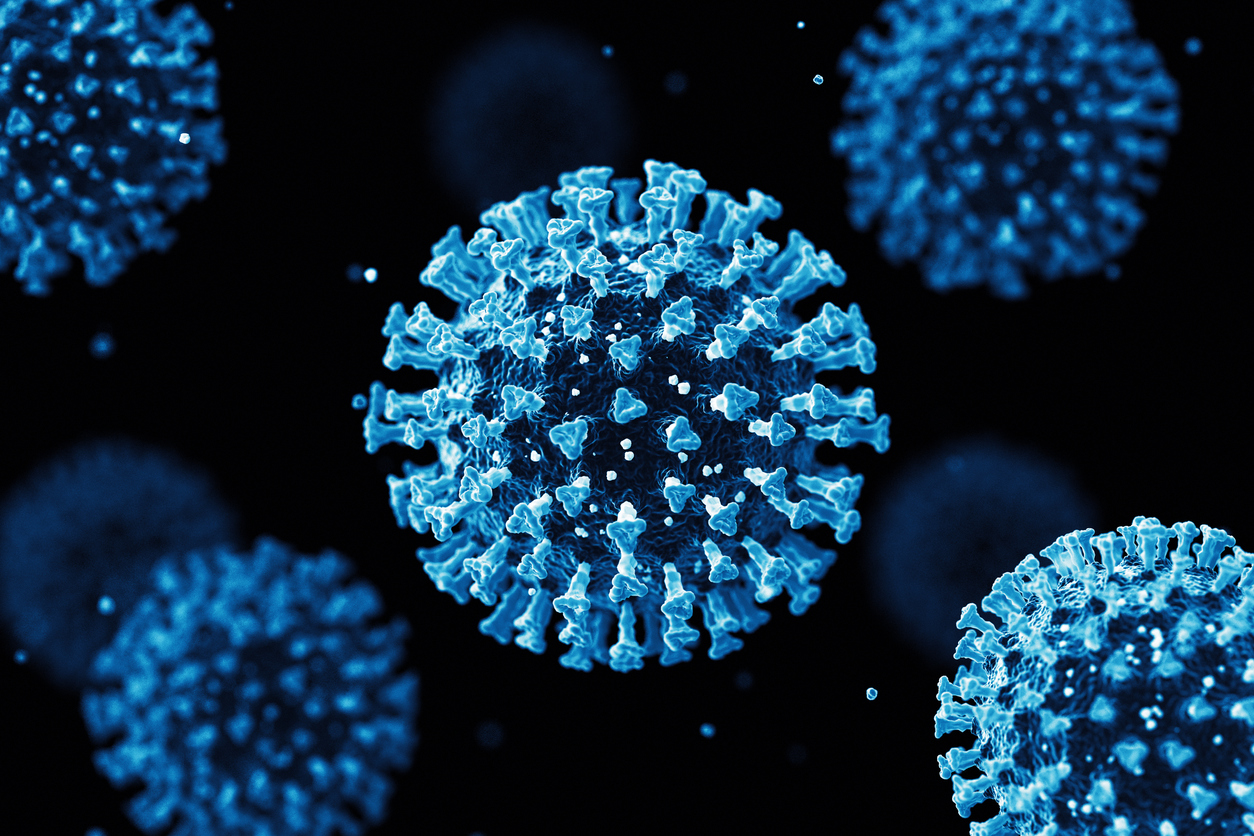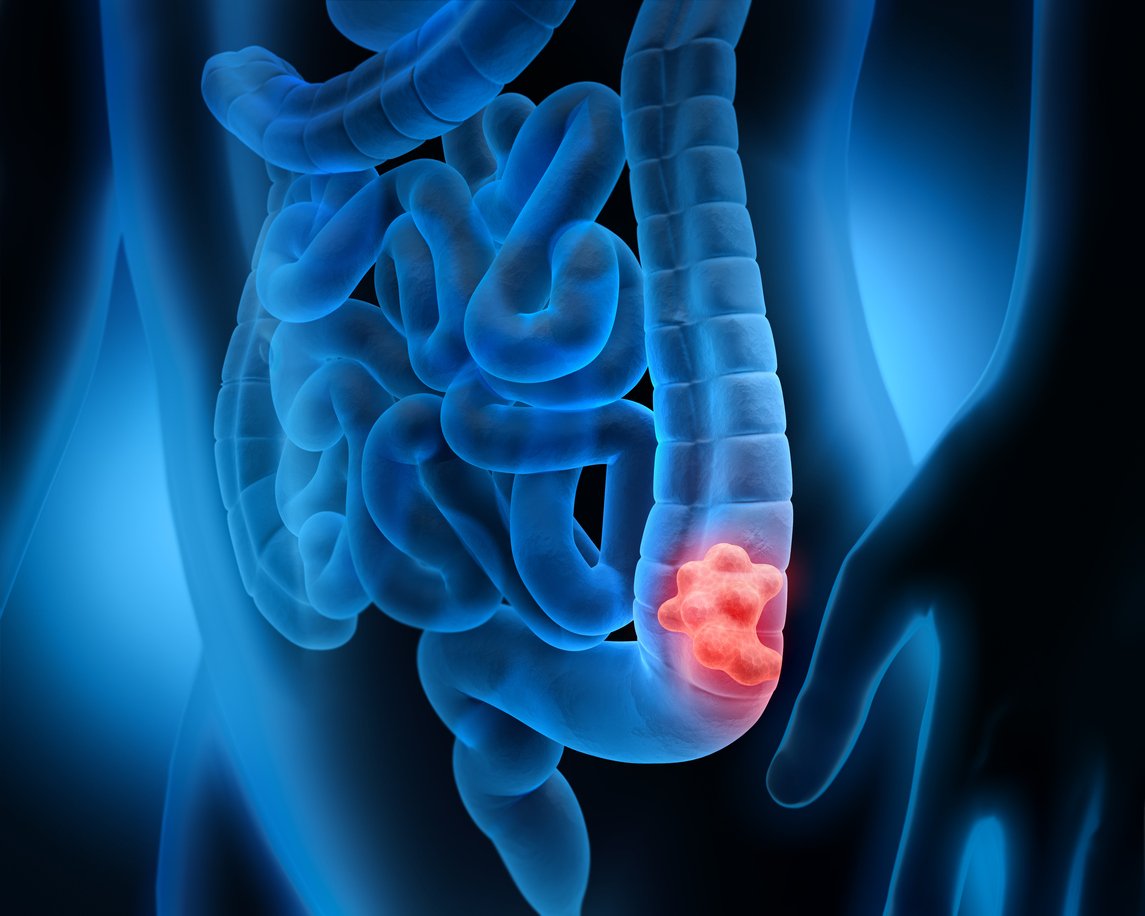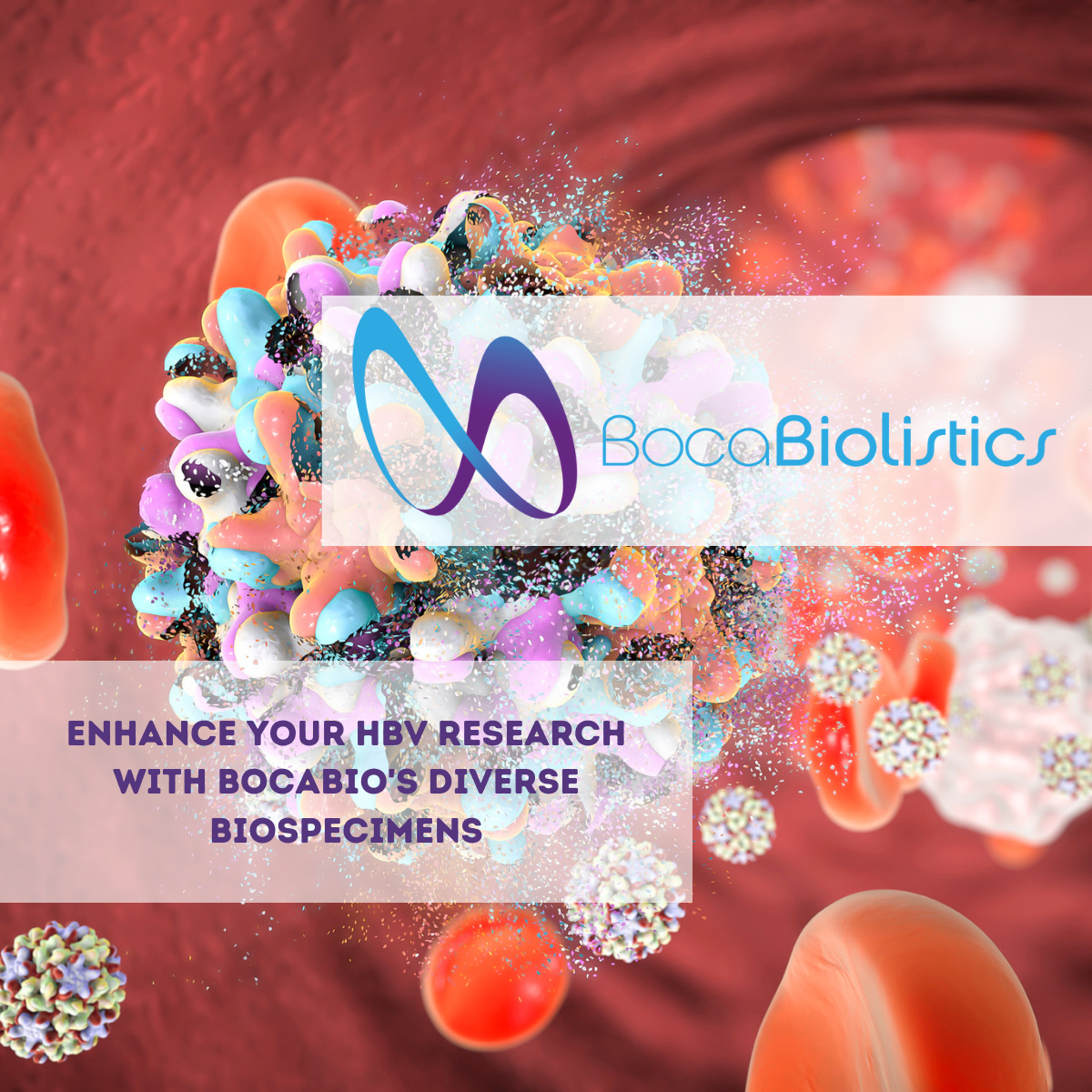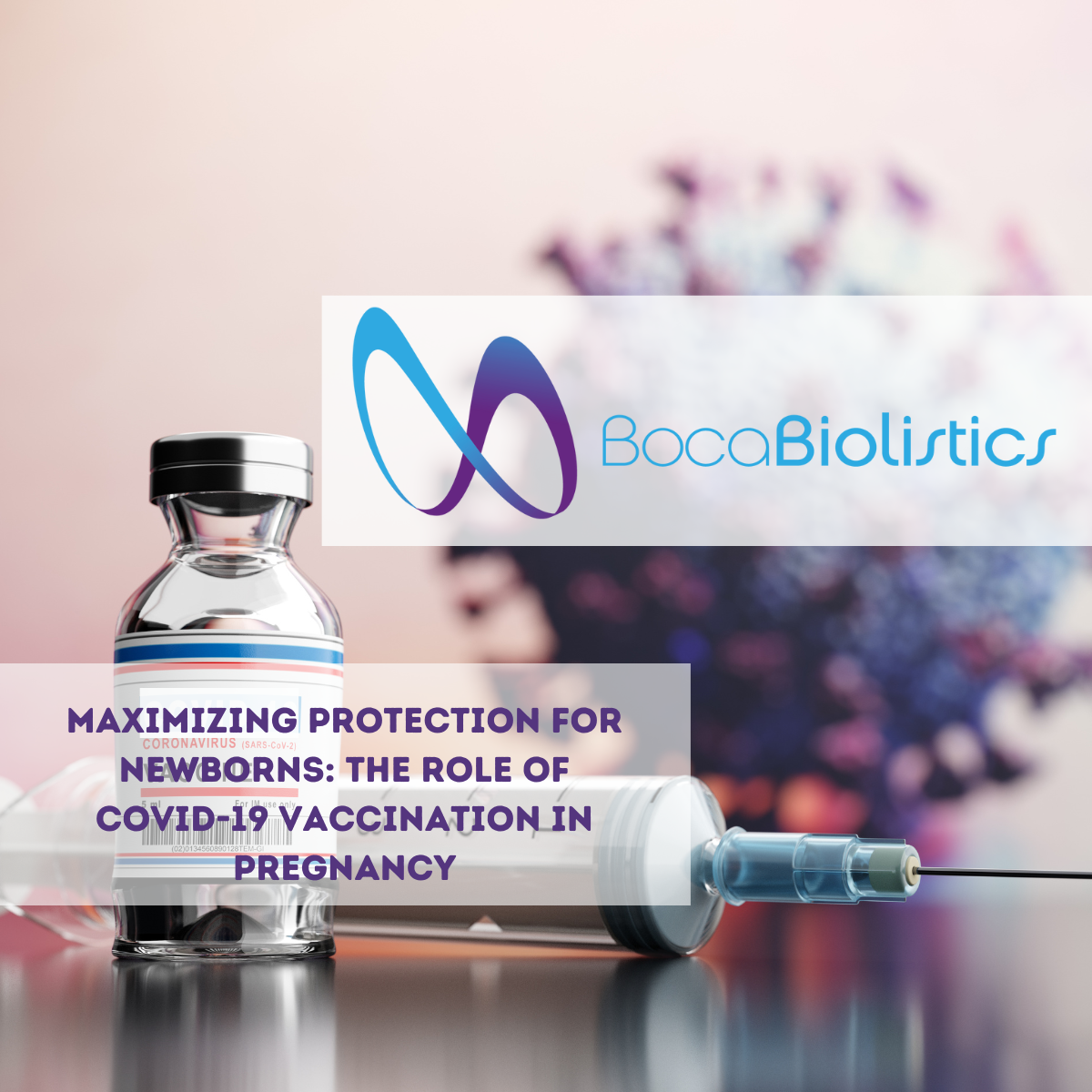Thousands of SARS-CoV-2 variants have sprung up since the pandemic began in March 2020. The virus's ability to infect a massive number of people has increased the chance of mutation. While most mutations are harmful to a virus or cell, some prove useful to the virus's ability to replicate and spread from host to host. This is what happened with the SARS-CoV-2 variant first discovered in the United Kingdom, known as B.1.1.7. Scientists estimate the variant is about 50 percent more spreadable than past forms of the virus.
HOW RNA VIRUSES MUTATE
Once an RNA virus enters a host and attaches to their cells, it begins to replicate and eventually infects other cells. As it makes new copies of itself, part of its genetic code changes, which results in different characteristics, such as higher transmissibility and more serious disease.
Unlike DNA viruses, most RNA viruses like SARS-CoV-2 cannot proofread and fix errors in the genetic code when replicating. This is what makes RNA viruses prone to high mutation rates. Many RNA viruses mutate quickly, but coronaviruses have a slightly slower mutation rate because they can do some genetic proofreading. Yet, the mutation rate of some coronaviruses, namely SARS-CoV-2, is relatively faster than that of other viruses.
The new variants possess a mutation named the D614G mutation, which occurs on the spike protein, helping the virus bind and fuse to the host's cells. As a result, this makes it easier for the virus to infect others when they come in contact with it.
NOMENCLATURE OF SARS-COV-2 VARIANTS
A clade is a group of organisms -- in this case, viruses -- that are composed of a common ancestor and all its lineal descendants. Nextstrain, a database of viral genomes, names clades by the year they are estimated to have emerged, and a letter. For example, clade designations for SARS-CoV-2 include 19A, 19B, and 20A. This helps to create more memorable and pronounceable names, allowing for the graceful handling of clade naming in the upcoming years as SARS-CoV-2 becomes a seasonal virus. The nomenclature used by Nextstrain serves as major genetic groupings but doesn't intend to completely resolve genetic diversity.
Different variants of SARS-CoV-2 can also be classified by PANGO lineages. PANGO lineage names consist of the following:
- An alphabetical prefix and a numerical suffix
- Dots in the numerical suffix (each dot means descendant of)
- A maximum of 3 hierarchical levels, known as primary, secondary, and tertiary suffixes
The PANGO lineage for the variant of SARS-CoV-2 first discovered in the U.K. is B.1.1.7.
CLINICAL IMPORTANCE OF DIFFERENT VARIANTS
SARS-CoV-2 variants can be a concern because they can escape the neutralizing antibodies produced by the immune system. This, in turn, can affect vaccine efficacy. Some variants can significantly reduce the effectiveness of prevention measures and medical intervention. Other variants have been shown to have higher transmission rates.
The CDC classifies variants with all of those traits as variants of high consequence. Variants of high consequence can result in a significant reduction in vaccine effectiveness, a high number of vaccine breakthrough infections, or lower vaccine-induced protection against severe disease. Variants of high consequence can also result in more severe disease and increased hospitalizations. Plus, these variants can avoid detection by polymerase chain reaction (PCR) tests. This makes it important to develop essays that can accurately detect different variants. So far, the U.S. has not identified any variants of high consequence.
Some SARS-CoV-2 variants show concerning qualities, which are classified as variants of concern. For example, the B.1.1.7 variant has so far shown 23 mutations with 17 amino acid changes. These mutations increase the binding affinity for the ACE2 receptor, a protein essential for blocking SARS-CoV-2 infection of cells. This, as a result, can have significant effects on transmissibility, symptom severity, reinfection rates, and vaccine effectiveness.
The 501Y.V2 variant that spread rapidly in South Africa had the same mutation as the B.1.1.7 variant. The 501Y.V2 variant has been estimated to be 50% more transmittable than pre existing variants in South Africa. The higher transmissibility of this variant led to increased in-hospital mortality, likely because the hospitals were overburdened, which affected access to high-quality healthcare.
When it comes to escaping natural immunity, both variants have shown a decrease in neutralization activity. The B.1.1.7 showed a modest decrease in neutralization activity. In nearly 50% of convalescent serum samples obtained from patients who previously had COVID-19, the 501Y.V2 variant showed complete escape from neutralizing antibodies. Concerning escape from vaccine-induced immunity, both variants have resulted in reduced efficacy in vaccine clinical trials.
Below are other variants of concern:
- B.1.351: First identified in South Africa, first detected in the U.S. at the end of January 2021, 50% increased transmission, reduced neutralization by vaccination
- B.1.617.2: First identified in India, first detected in the U.S. in March 2021, increased transmissibility, potential reduction in neutralization by some antibody treatments, potential reduction in neutralization by vaccination
- P.1: Significantly reduced susceptibility to some antibody treatments, reduced neutralization by vaccination
SARS-CoV-2 variants, B.1.427 and B.1.429 were once classified as variants of concern. These variants have shown to be roughly 20% more transmissible than previous variants. The CDC deescalated them as variants of concern on June 29, 2021 because there was a significant decrease in the proportion of B.1.427 and B.1.429 lineage viruses circulating nationally, and data show that vaccines and treatments against these variants have been effective. The emergence of these new variants makes genomic surveillance a top priority in identifying future variants early.
The following are other variants of interest to watch for:
- B.1.525: First identified in the United Kingdom/Nigeria, potential reduction in neutralization by some antibody treatments, potential reduction in neutralization by vaccination
- B.1.526: First Identified in the U.S. (New York), reduced susceptibility to some antibody treatment, reduced neutralization by vaccination
- B.1.617.1 and B.1.617.3 : First Identified in India, potential reduction in neutralization by some antibody treatments, and potential reduction in neutralization by vaccination
- P.2.: First identified in Brazil, potential reduction in neutralization by some antibody treatments, reduced neutralization by vaccination
HOW TO MONITOR AND IDENTIFY VARIANTS
Viruses are constantly mutating and changing. SARS-CoV-2 is no different. Over time, these genetic variations can lead to new variants that are more tricky to target, contain, and diagnose. Through next-generation sequencing and variant analysis, we can determine the sequence of a virus as well as determine variants by aligning it with a reference genome. In the case of SARS-CoV-2, the reference genome is typically NC_045512.2 from the NIH gene bank. As we become more familiar with NC_045512.2, we can gain more information about SARS-CoV-2 to help us better identify it, monitor how it changes over time, and understand how these changes affect the hosts it infects.
Various next-generation sequencing methods include shotgun metagenomics, target enrichment sequencing, and amplicon sequencing. Shotgun metagenomics comprehensively sequences all organisms and identifies novel variants, which helps accelerate outbreak investigations and develop new laboratory tests. Target enrichment sequencing helps detect and characterize various pathogenic respiratory tract organisms to monitor infections. Amplicon sequencing detects the presence of SARS-CoV-2 by sequencing specific regions of the viral genome.
At Boca Bio, we have SARS-CoV-2/COVID-19 samples on which we have been performing NGS to offer variant analysis of our samples to our clients. Contact us today for more information.

